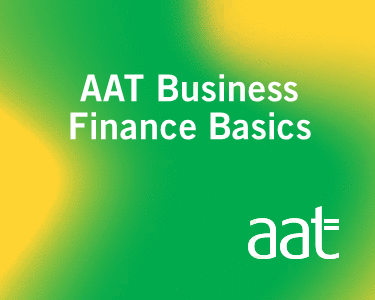Content marketing is a lot like exercise. People are repeatedly told that they’re supposed to do it, and everyone likes the sound of the benefits of getting it right, but there are so many different approaches (or possible routines) that they get sceptical and start to think it’s been oversold.
But just as with exercise, it really is incredibly important, and it truly does warrant a concerted effort to figure it out – especially if you’re trying to compete in the ecommerce industry, where stores are jockeying for position in the grand conversion race (I’ve stretched this analogy).
Yes, content marketing is a high-value endeavour… but only if approached correctly. Let’s take a closer look at why all ecommerce stores that want to make money (which is all of them, naturally) should be investing in content marketing, and lay out the smart way to do it.
Why every e-commerce store needs content marketing
I won’t take a deep dive into content marketing stats to make my case because they’re easy to find if you’re looking for additional justification – and “content marketing is important” is a fair summary – but you can go take a look at these content marketing stats if you have curiosity that must be satisfied.
Instead, we’re going to look at the main points in favour of content marketing as the central marketing tactic for an ecommerce business. Here we go!
The benefits are wide-ranging
With a single piece of industry-leading content, it’s entirely possible for an ecommerce brand to accomplish all of the following (and possibly more):
- Entertaining the target audience, engendering goodwill.
- Establishing the brand as authoritative in its niche.
- Clearly defining a memorable brand identity.
- Driving traffic directly to a highlighted product.
- Ranking for valuable keywords, bringing in organic traffic.
- Improving overall website SEO.
- Winning citations and links from experts in relevant fields.
Now, there’s nothing simple about making an industry-leading piece of content — that’s true. But even a decent piece of content can provide several of these benefits, all for a production cost that pales in comparison to what you might invest in other forms of marketing.
Great content provides steady value over time
There are online guides that were written over a decade ago but still rank today because they’ve never been supplanted. The companies that produced them might not even remember making them, yet they’re still getting worthwhile leads and conversions from them.
It’s like releasing a hit song and still getting royalties decades later. Any given cheque might not be immensely important, but the cumulative value is immense. Compare this to a conventional advertising method where your ad is forgotten the moment it stops running. All the value drains away in a second. Rankings operate on a lag, but when they’re earned, they last.
Shareability makes for free distribution
If you create a pamphlet for your business and ask people to distribute it, they’ll inevitably want compensation of some kind — after all, you’re asking them to do something for your benefit without getting anything in return. But content marketing is a different beast.
High-end content marketing is all about virality — creating something that will end up being spread around at no additional cost to you, simply because people want to share it. It isn’t easy to make content good enough that people will happily share it, but it isn’t that challenging, and certain formats (quizzes, infographics, videos) make it relatively simple to do it consistently.
Everyone hates ads
If you want to get marketing material out there, this is your only alternative, and it’s a rough one. PPC ads can still be consistently effective if deployed sensibly, but most forms of online advertising are losing their potency at a rapid pace. Indeed, newer generations are perfectly comfortable using ad-blocking software to avoid them entirely.
What we’re seeing now is that the only ‘traditional’ ads that prove reliably effective are those that overlap significantly with regular marketing content. For instance, native advertising (advertising designed to seamlessly fit its environment) is really just content marketing with a more direct promotional angle.











